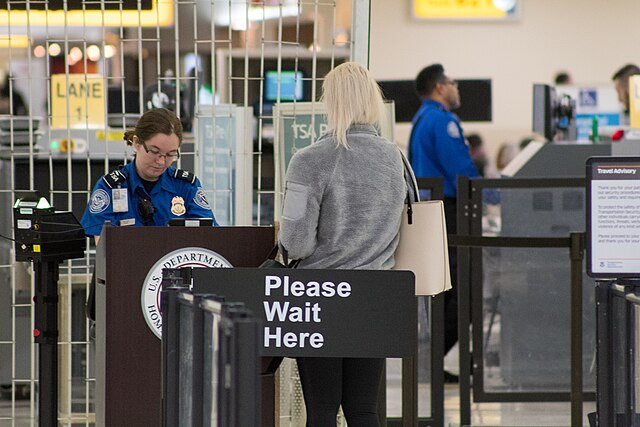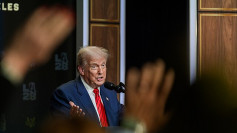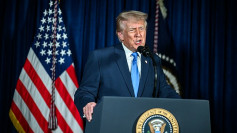The Transportation Security Administration is phasing out its decades-old rule requiring passengers to remove their shoes during airport screenings, marking a major shift in U.S. travel security protocols first imposed in the wake of the 9/11 attacks and the 2001 "shoe bomber" incident.
Reports first surfaced from Gate Access and ABC News, which cited an internal TSA memo sent last week stating that the policy change began Sunday at select U.S. airports and will expand nationwide in the coming weeks. While the agency has not publicly confirmed the update, passengers at Syracuse's Hancock International Airport were allowed to keep their shoes on as of Monday, while travelers at Chicago O'Hare on Tuesday were still being asked to remove them.
"TSA and DHS are always exploring new and innovative ways to enhance passenger experience and our strong security posture," a TSA spokesperson stated. "Any potential updates to our security process will be issued through official channels."
The rule, implemented in the mid-2000s following the attempted bombing by Richard Reid, mandated that all passengers between the ages of 12 and 75 remove their shoes to be screened along with their carry-on luggage. The policy became one of the most recognizable and disliked features of the U.S. travel experience.
The upcoming change comes amid growing public dissatisfaction with TSA procedures. In April, Transportation Secretary Sean Duffy wrote on social media: "It's very clear that TSA is the #1 travel complaint. That falls under the Department of Homeland Security." He said he would discuss the matter with Homeland Security Secretary Kristi Noem.
Noem's office announced a press conference scheduled for Tuesday evening at Ronald Reagan Washington National Airport, where she is expected to unveil a broader TSA policy overhaul. Her agency said the announcement will "make screening easier for passengers, improve traveler satisfaction, and reduce wait times."
The TSA was created in 2001 when President George W. Bush signed legislation forming the agency after the September 11 terrorist attacks. In the years since, TSA has expanded its capabilities, introduced the PreCheck program for expedited screenings, and begun testing technologies like facial recognition and Real ID enforcement.
Passengers enrolled in the TSA PreCheck program have long been exempt from shoe removal. The program costs around $80 for five years and allows travelers to bypass standard security protocols, including removing shoes, belts, and light jackets.






